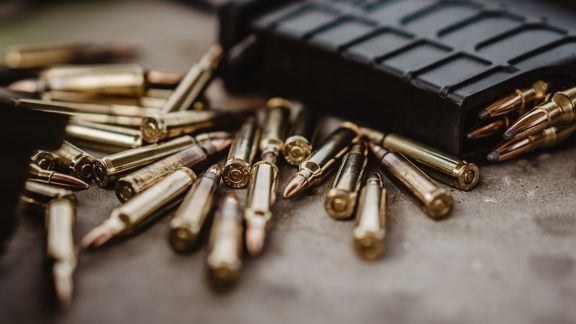Data are crucial for decreasing firearms violence.
While researchers can access data on fatal firearms injuries, getting a clear picture of how many people are involved in nonfatal shootings—including 80 percent of those shot in assaults and robberies—is virtually impossible. Data on issues such as how shootings are distributed across jurisdictions and among different demographic groups, or what determines whether victims of gun assault and robbery are killed, wounded, or threatened would go a long way toward developing evidence-based policy to reduce gun violence. In an age of intense partisanship, shared facts pave the way to building a shared purpose: improving public safety.
The scope of firearms violence requires experts strategizing from all angles.
With funding from Arnold Ventures, NORC convened a panel of 14 experts on public health and firearms violence, including distinguished academics, trailblazing practitioners, and government leaders. Tasked with developing a short- and long-term plan for a better firearms infrastructure, the expert panel met three times in 2019 and 2020. The panel’s first report, The State of U.S. Firearms Data, summarizes existing firearms data collection and infrastructure in criminal justice, health, and public health. The second report, Blueprint for a Firearms Data Infrastructure, presents 17 actionable recommendations. Improving Data Infrastructure to Reduce Firearms Violence went a step further by guiding implementation to the expert panel’s key recommendations.
Evidence-based, practical recommendations will help create better policy.
Improving Data Infrastructure to Reduce Firearms Violence offers a specific roadmap for policymakers and legislators to rein in the scourge of firearms violence in the United States. It tackles three topics of immediate concern: creating a nonfatal firearms injury database; increasing the quality, availability, and usefulness of firearms data for research and policy; and taking practical steps for building state capacity and infrastructure to use data for evidence-based decision-making. Recommendations include re-coding gunshot wounds in emergency rooms, where most intentional injuries are currently documented as accidental, and changing the kind of data the FBI collects from 19,000 local law enforcement agencies from monthly summaries to specific details about each criminal event.




